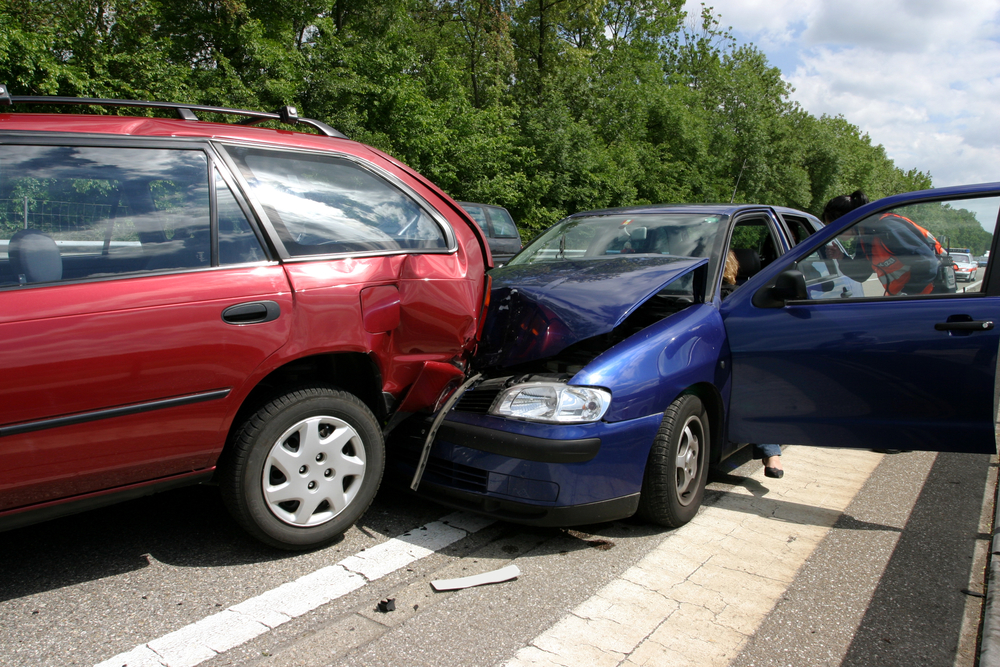
After a car accident lawyer files a personal injury lawsuit on behalf of a client, a summons and a copy of the lawsuit is served on the defendant in almost every state. If the defendant is a resident of states like Arizona, he or she then has 20 days to file a written answer to the complaint. Sometimes a non-resident will have an extended deadline, like 30 days. When that answer is filed, the actual litigation process is triggered. The various stages of an auto accident lawsuit follow.
Discovery
At this stage, the parties discover various facts and evidence that are relevant and material to the lawsuit. Written questions called interrogatories are exchanged by the parties. Answers to the questions are in written form, and they’re signed under oath. Some of the more important questions focus on:
- The parties’ names, addresses, dates of birth and social security numbers
- Plaintiff’s place of employment
- Identities and addresses of any occurrence witnesses
- Identities of any post-occurrence witnesses
- Names and addresses of all healthcare providers who treated plaintiff for the claimed injuries
- The amounts of the plaintiff’s bills
- A statement of all damages alleged
Both sides have a duty to seasonably supplement their discovery disclosures should new information be discovered.
Depositions
Depositions are judicial proceedings that take place away from a courtroom. They are usually held at the offices of the attorneys for one of the parties or at a court reporter’s office. Present for depositions are the attorneys for the parties, a court reporter and the person who will be deposed. Questions are asked of the deponent regarding occurrence or post occurrence issues, and they are answered under oath. If the deponent is a witness and not a party, they attend the deposition pursuant to a lawfully issued and served subpoena.
Pretrial conference
After all discovery has been concluded, it is not unusual for the accident lawyer of the parties to hold a pretrial conference with the judge who has been assigned the case. These are for purposes of discussing evidentiary issues and holding settlement discussions. Based on how a judge is advised in a pretrial conference, he or she might make certain recommendations. Many personal injury cases end up settling after a pretrial conference.
Trials
If the parties are unable to reach a settlement, a trial is held. Most trials in personal injury cases are jury trials. The judge is there for purposes of ruling on the evidence, and the jury considers the evidence and renders either a guilty or not guilty verdict. If it’s a guilty verdict, the jury also awards damages to the plaintiff.
The actual jury trial process involves seven separate and distinct steps. Those steps follow.
Jury Selection
A pool of jurors is brought into the courtroom. From that pool, 8 jurors and one or two alternate jurors are selected. The judge and the attorneys for the parties question the jurors on issues involving objectivity and fairness. Some jurors are excused. After a jury has been selected, it is sworn in.
Opening Statements
Each side makes an opening statement. Opening statements are not evidence. They’re oral statements to the jury as to what they expect the evidence to show.
The Plaintiff’s Case
Since the plaintiff has the burden of proof, his or her case is presented first. That burden of proof is a preponderance of evidence, meaning their version of events is more likely true than not true. Witnesses are called and evidence is received by the court. The defense has the opportunity to cross examine every one of the plaintiff’s witnesses.
The Defendant’s Case
After the plaintiff has given their side of the case, the defendant is allowed to submit its case to the jury. The same procedure applies. Witnesses are called and evidence is received by the court. The plaintiff has the opportunity to cross examine every one of the defendant’s witnesses.
Closing Arguments
These are not evidence either. The plaintiff is permitted to bring their closing argument first. His or her attorney will summarize all of the evidence in a case against the defendant, and then detail what types of compensation for damages that the plaintiff seeks. Defendant’s attorney then has the same opportunity. The defense attorney might argue for a lesser sum of compensation or even that the defendant be found not guilty. Since the plaintiff has the burden of proof, a short opportunity is allowed for the plaintiff’s attorney to rebut parts of the defendant’s closing argument.
Jury Instructions
In this stage, the judge instructs the jury of the law relevant to the case and how that law should guide their deliberations based on the evidence. They are not to deviate from those instructions, and the verdict must be based solely on the evidence.
The Verdict
Jurors are sent for deliberation and either a guilty or not guilty verdict is reached. If it is a guilty verdict, the jury awards the plaintiff a sum of money as damages. If it is a not guilty verdict, the plaintiff takes nothing. In either event, the case is then concluded, and the jury is dismissed.
 Special thanks to our friend Aaron Cantor, of Cantor Crane, Law Offices of David Michael Cantor, Cantor Law Group, for providing some insight into auto accident practice in Phoenix, AZ.
Special thanks to our friend Aaron Cantor, of Cantor Crane, Law Offices of David Michael Cantor, Cantor Law Group, for providing some insight into auto accident practice in Phoenix, AZ.
